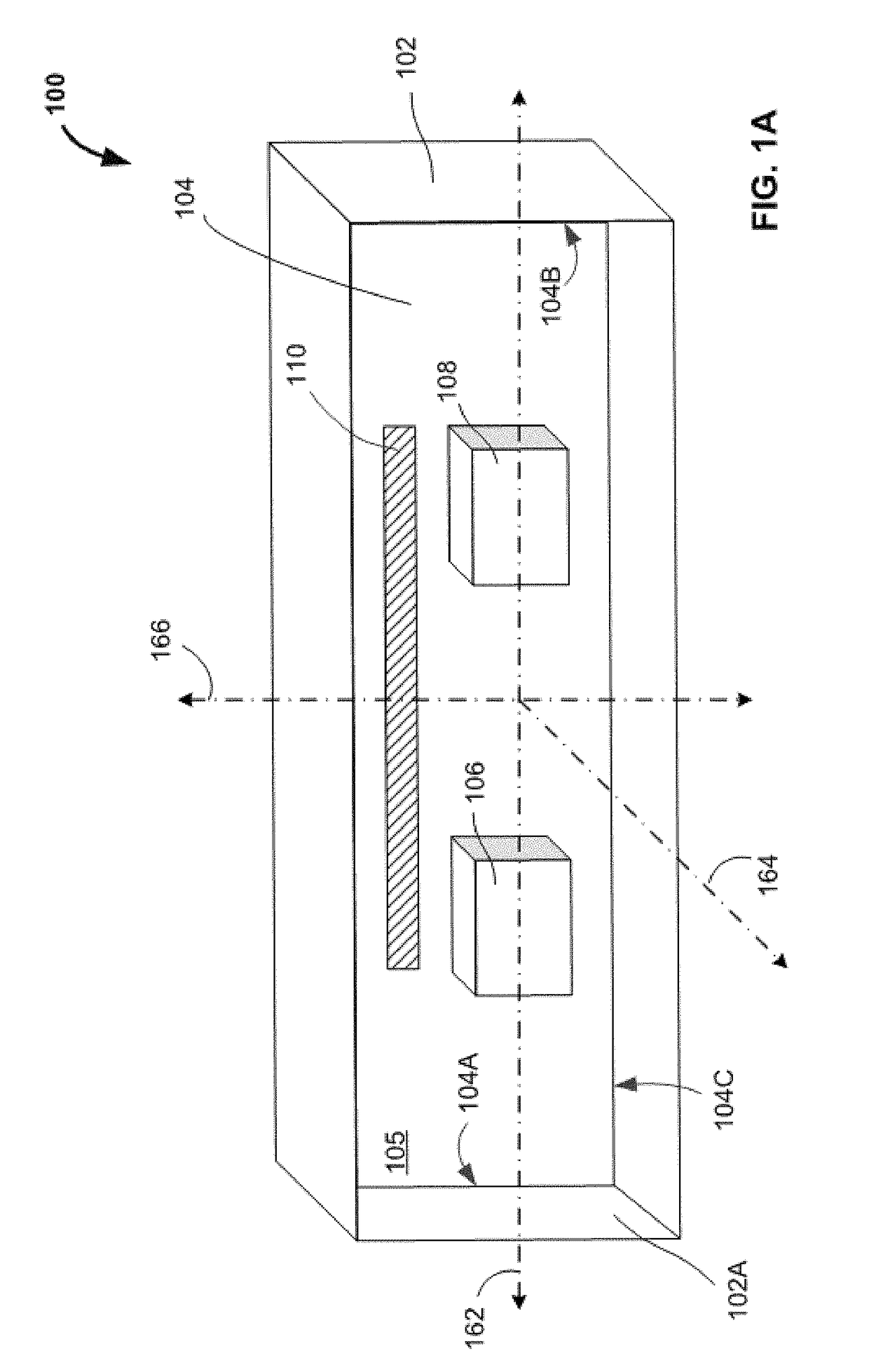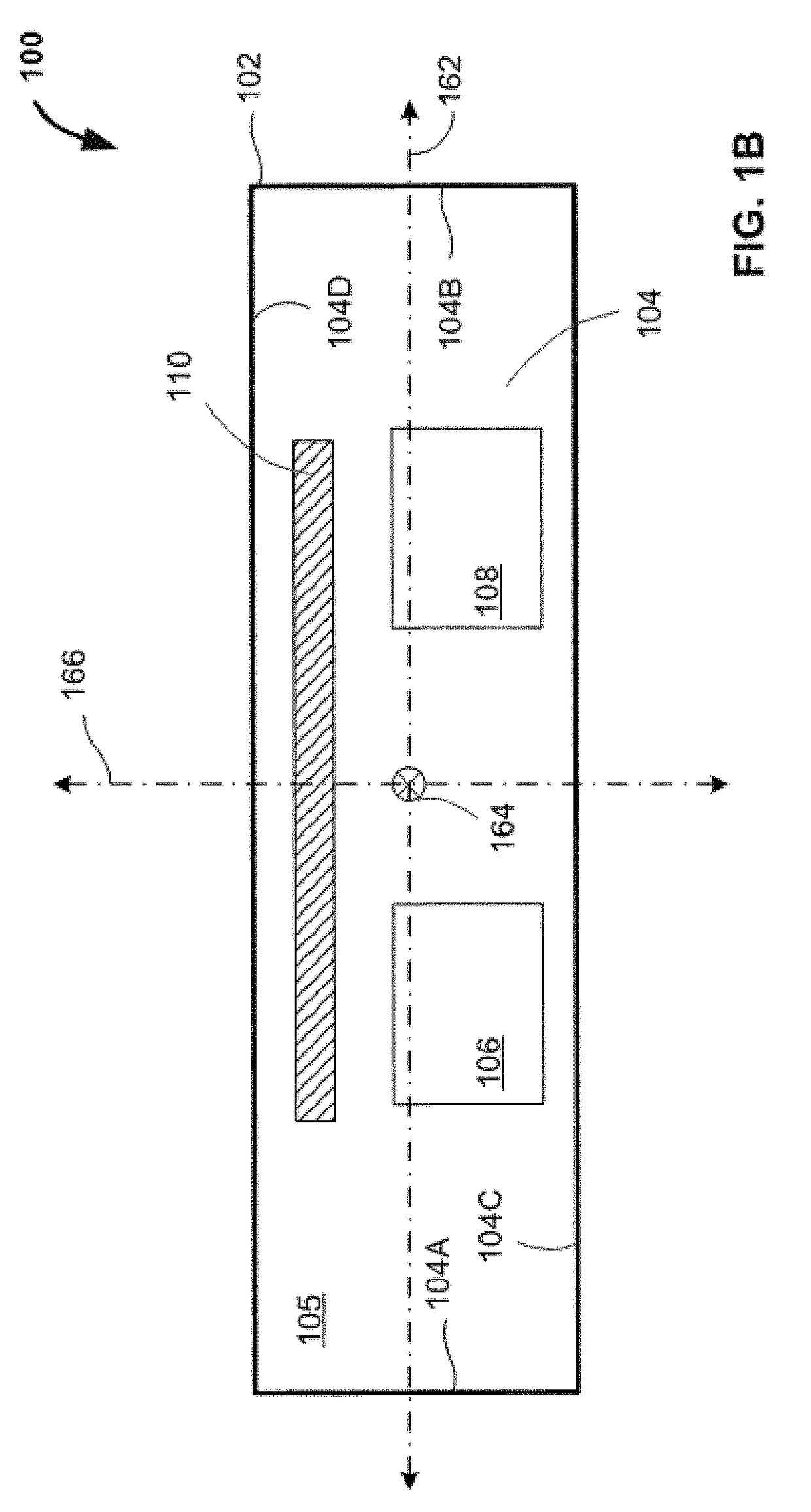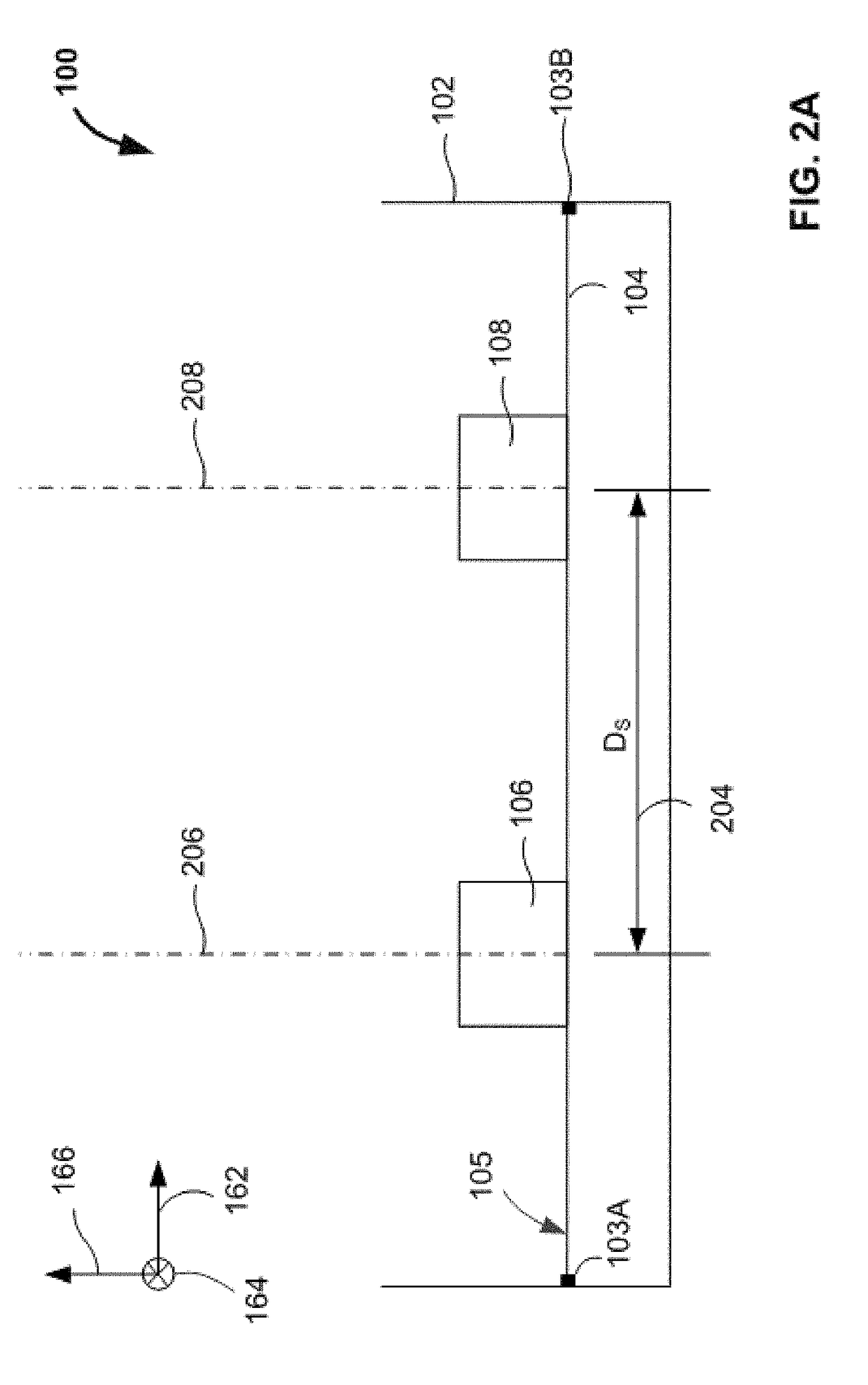Active alignment correction for optical systems
- Summary
- Abstract
- Description
- Claims
- Application Information
AI Technical Summary
Benefits of technology
Problems solved by technology
Method used
Image
Examples
Embodiment Construction
[0013]While the features, methods, devices, and systems described herein can be embodied in various forms, some exemplary and non-limiting embodiments are shown in the drawings, and are described below. Some of the components described in this disclosure are optional, and some implementations can include additional, different, or fewer components from those expressly described in this disclosure.
[0014]Relative terms such as “lower,”“upper,”“horizontal,”“vertical,”, “above,”“below,”“up,”“down,”“top” and “bottom” as well as derivative thereof (e.g., “horizontally,”“downwardly,”“upwardly,” etc.) refer to the orientation as then described or as shown in the drawing under discussion. Relative terms are provided for the reader's convenience. They do not limit the scope of the claims.
[0015]The inventors have determined that, for a device having two light sensing elements on a common substrate, any change in the positional relationship between the sensing elements can introduce errors into ...
PUM
 Login to view more
Login to view more Abstract
Description
Claims
Application Information
 Login to view more
Login to view more - R&D Engineer
- R&D Manager
- IP Professional
- Industry Leading Data Capabilities
- Powerful AI technology
- Patent DNA Extraction
Browse by: Latest US Patents, China's latest patents, Technical Efficacy Thesaurus, Application Domain, Technology Topic.
© 2024 PatSnap. All rights reserved.Legal|Privacy policy|Modern Slavery Act Transparency Statement|Sitemap



